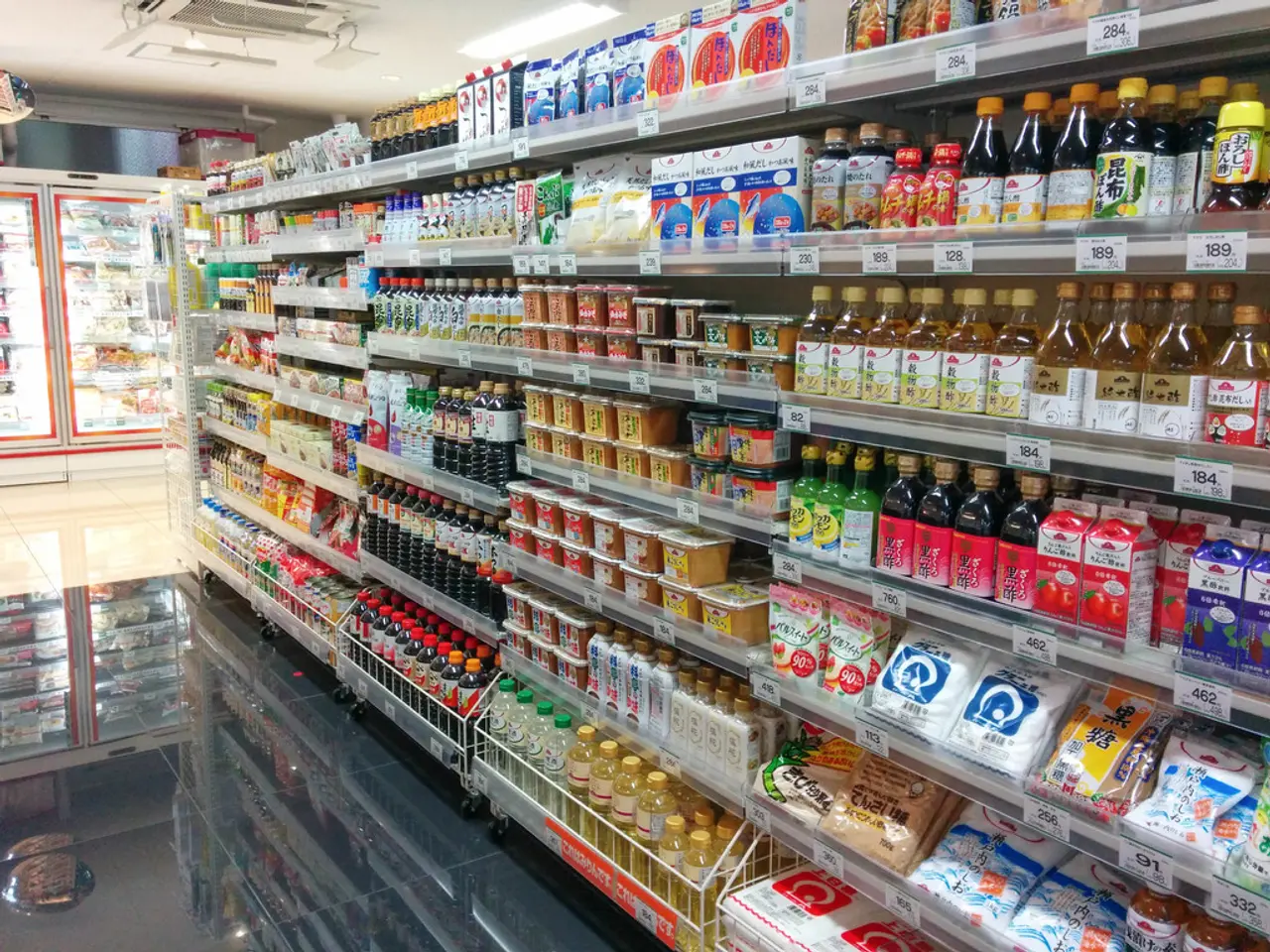Global Aluminum Production Capacity: Transforming World Markets by 2025 (China's influence)
In the ever-evolving world of commodities, the aluminum market is experiencing a significant shift. Western nations are adapting to this change by implementing various strategies, such as imposing tariffs on Chinese aluminum imports, restarting idled North American smelting capacity, and focusing on maintaining existing production levels.
This transformation is largely driven by China, the world's largest aluminum producer, which has set a national ceiling of 45 million tons per year for primary aluminum production. This decision, made to address overcapacity and environmental concerns, has led to China strategically relocating production from eastern coastal provinces to western and southwestern regions, with key destinations including Inner Mongolia, Yunnan, and Xinjiang.
The Chinese government enforces a "replacement before expansion" approach, requiring older facilities to be decommissioned before new capacity can be approved. This strategy, coupled with China's production constraints, is reshaping global aluminum flows. The country is seeing decreasing exports of semi-finished aluminum products, increasing imports of primary aluminum, growing imports from Russia, and reduced availability of aluminum on international exchanges.
As a result, the market is experiencing structural shifts. LME aluminum prices have hovered around $2,700 per metric ton in 2025, with analysts projecting potential rises to $3,000+ per ton. Exchange inventories are declining to approximately 700,000 tons, and the emergence of potential global supply deficits for the first time in decades is a real possibility.
China's aluminum strategy extends beyond simple production caps. The country is also focusing on conservation of domestic bauxite reserves, reducing dependence on imported raw materials, promoting secondary aluminum production, and developing higher-value aluminum products for export.
To incentivize new production, higher price floors are needed. Moreover, China is placing greater emphasis on environmental factors in its aluminum policies compared to other metals. The production limits aim to reduce carbon emissions by up to 65 million tons annually, decrease air pollution in densely populated regions, support China's carbon neutrality goals for 2060, and improve energy efficiency across the industrial sector.
The market is adapting to this new reality. Global aluminum consumers are investing in recycling and secondary production, developing aluminum alternatives where feasible, and strategic stockpiling of critical supplies. Advanced alloys that reduce primary aluminum requirements are also being developed.
However, these production constraints expose several vulnerabilities in global aluminum supply. Limited production growth outside China, declining smelter capacity in Western nations, potential closure of major facilities, and increasing dependency on Indonesian capacity expansion are all areas of concern.
New smelters must meet stringent environmental standards, including maximum energy consumption of 13,000 kWh per ton of aluminum, enhanced emissions control technology, and prohibition of new projects in heavily polluted regions. The accelerated development of low-carbon smelting technologies is also a priority.
In the face of these changes, the global aluminum market is poised for a future marked by potential sustained prices above $3,000 per ton, increased emphasis on recycling, and a shift towards low-carbon production methods. For the first time in decades, analysts project the global aluminum market may face genuine supply shortages.




